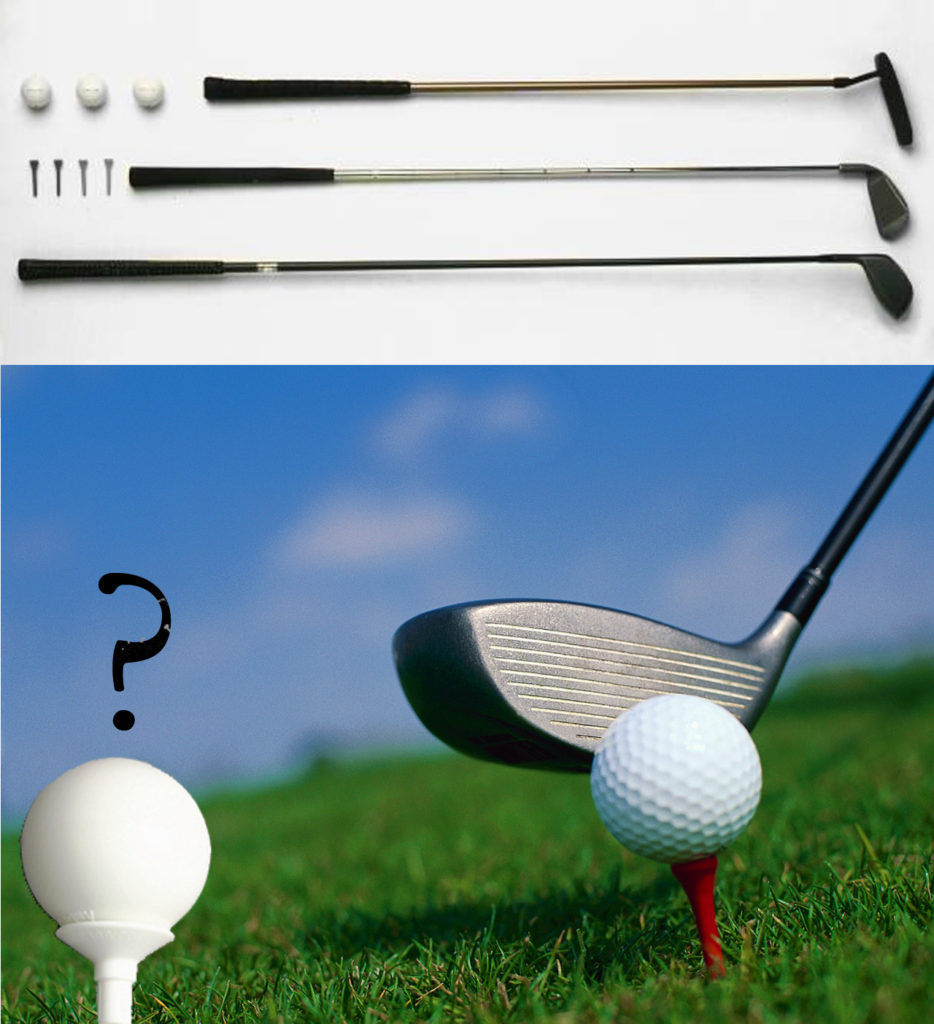Blindness and Low vision can affect personal autonomy and the ability of spatial orientation. This impairment compromises functions that allow the detection of visual information over long distances and consequently anticipatory behaviors.
At 5 pm o’clock the door bell rings. It’s her, my trainer.
Today begins my Orientation and Mobility training, to learn the techniques of using the white cane and to learn to move in the enviroments where I do not see well or at all.
We sit at a table and after she told me in a nutshell what we will do, Renata starts immediately with the first lesson, showing me the different types of white long canes.
Obviously a new world.
Also in this area, as in all sectors and as with all devices, there are different types, materials, grips, tips, closures.
Here is an overview, not exhaustive, but indicative, as a reference for those who will have to choose which cane to hold when the night vision or visual field will no longer be sufficient for a safe indipendent mobility.
Identification cane or Symbol Cane.
It is used primarily to alert others about the visual impairment. In other words, it has a function not very different from a shirt or a pin with the symbol of blindness.
Often it is lighter and shorter than the long white cane and it is not used as a mobility tool.
It may be useful to those who had an accident and are suddenly in a state of low vision or blindness, as it allows to probe small enviroments
Long white cane
The opening. The most common are the folding canes. They consist of several segments that fit on each other and you have to simply release the string or elastic to get the stich in a long straight and rigid shape.
Within the cylindrical segments runs an elastic cord allowing the sections to fir automatically.
There are also telescopic canes. They are more suitable for small environments, such as cinema, theater, … and are not as strong and durable as the folding.
 |
The handle. It has an ergonomic shape which allows the hands of different sizes to wield comfortably. It is cylindrical with round smooth grooves for accommodating the fingers and palm. It has a flat side, where to put the index finger, the only one to remain straight along the handle. This flat face is always on the right side (for those using the right hand).
The handle can be rubber or wood. The wood allows a better tactile sensation, the rubber a better grip and less slippage. The choice of material is purely individual, as well as the preference for the other characteristics.
At the upper end of the handle there is a rubber band that can be wrapped around the wrist, so as to avoid losing the stick in the event of accidental impact.
However, it is a good idea not not to put the hand inside the loop while getting in or out a train or other moving vehicles, for obvious safety reasons.
The cane. Once reassembled the stick in its length, you can adjust the size to fit to your own stature. The stick should not be too short to allow to react in case it encounters an obstacle and should not be too long to avoid becoming dangerous to others.
You can find the ideal lenght measuring from the sternum (breastbone) to the floor, but the OM trainer can help you to find the best lenght for you
Some models have a spring inside the telescopic part near the handle, allowing you to absorb the vibrations that the cane receives and transmits to the hand.
The materials are generally two. Aluminum and carbon fiber. The glass fiber was almost completely eliminated, while some models in titanium are now on the market.
Aluminium has a reasonable cost, but has the drawback that once that is bent you can only replace it with a new one.
Also the glass fiber has a reasonable cost, but it can be a bit heavy.
The carbon fiber is the latest innovation in materials. It ‘s a bit more expensive, but extremely lightweight. Tends to bend a bit not as much as the glass fiber. The sticks of carbon fiber break more easily than aluminum or fiberglass.
The Tips. There are very many and I think the tip is one of the most important and personal part. The choice depends on the type of activity, type of ground that you walk the most, the techniques used, the type of response and the sound you prefer.
They can be divided into two major groups, non-rolling and rolling.
Both types may be just fit or screwed, according to the type of cane.
Non Rolling tips.














